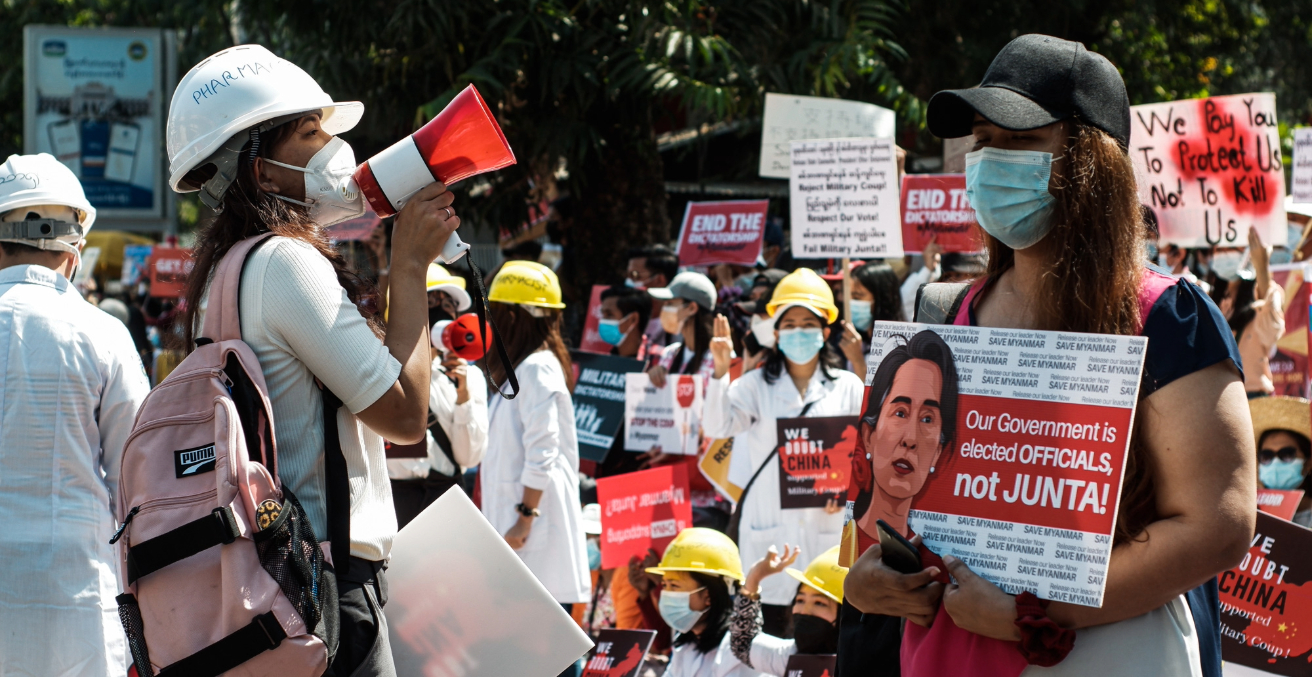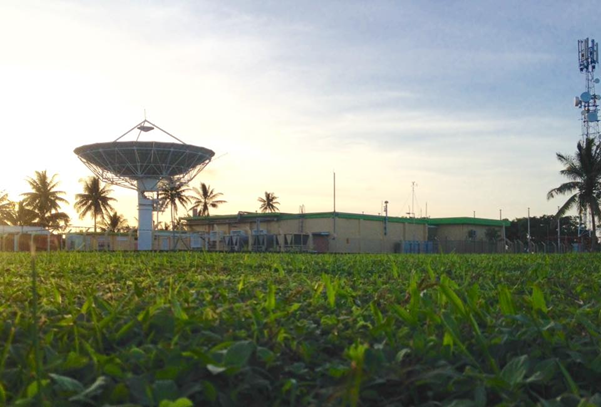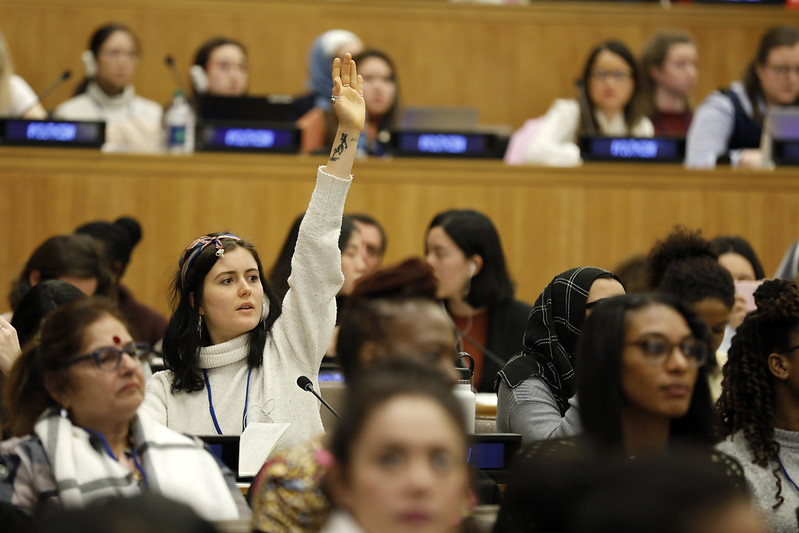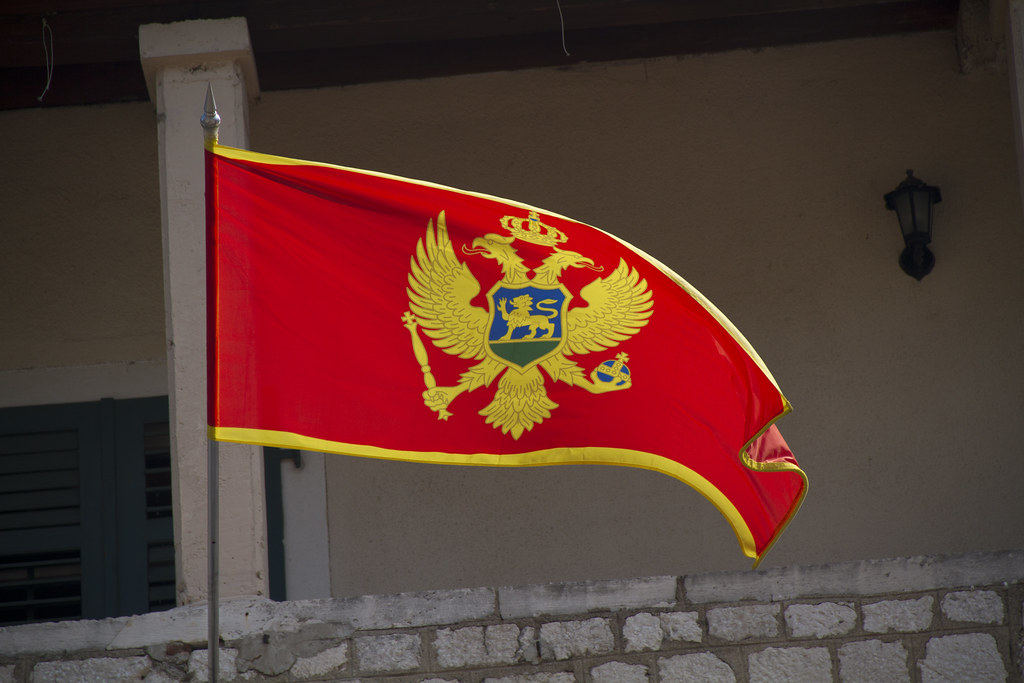Four years after Myanmar’s 2021 coup, armed civilian resistance remains fragmented and largely ineffective against a deeply entrenched military junta. As humanitarian crises mount and international aid is obstructed, the need for pragmatic engagement with local non-state actors has become more urgent than ever.
Since February 2021, when the Myanmar military launched a coup and deposed the democratically elected civilian government led by Aung San Suu Kyi, it has maintained a tight grip on power through militarised and repressive means. More than four and a half years later, the country’s political landscape remains largely unchanged, despite ongoing civilian resistance.
The resistance has taken various forms, ranging from non-violent actions such as street marches and the civil disobedience movement, to more violent methods. Many civilians have begun engaging in armed, guerrilla-style attacks against the junta. These efforts have coalesced into the formation of the People’s Defence Forces (PDFs), composed of irregular groups of predominantly civilian individuals with no prior military training. Armed civil resistance groups have achieved some success in attacking military outposts, but their efforts have mostly consisted of sporadic ambushes and guerrilla tactics, lacking the strength to decisively defeat the junta.
Complicated dynamics in civil resistance
Longstanding ethnic and political divides have complicated the patterns of armed civil resistance in Myanmar. The country officially recognises 135 ethnic groups. In addition, the Rohingya, a Muslim minority group, have been marginalised for decades, particularly after being excluded from citizenship under the 1982 Nationality Law.
Since gaining independence in 1948, many of these diverse ethnic groups have sought autonomy in their homelands or advocated for a federal system of governance. As a result, numerous ethnic armed organisations (EAOs) have operated in peripheral regions across the country. Notably, during the ongoing civil war, these groups have not pursued a unified strategy or common goal in confronting the military junta.
Despite occasional collaboration and joint operations, resistance groups remain largely localised rather than nationally coordinated. Some ethnic armed organisations (EAOs)—including the United Wa State Party, the Shan State Progress Party, the Karen National Liberation Army, and the Kachin Independence Army—have actively fought against the junta. Others, however, have chosen to remain neutral by adopting non-alignment policies, maintaining distance from anti-junta operations, or in some cases, aligning with anti-junta forces on a limited basis.
As a result, a unified command structure that includes all ethnic minority groups and enables more organised and effective action against the junta, has been lacking. When viewed collectively as a form of civilian resistance, the fragmented strategies and diverging visions among these groups have significantly hindered coordinated and sustained efforts to challenge military rule.
Consistent rule by the Junta
Since the coup, the military and security forces have carried out widespread repression against politicians and civilians with impunity. On the ground, the regime has launched full-scale land and aerial assaults, targeting civilian populations. Airstrikes and indiscriminate raids have displaced hundreds of thousands of residents, particularly in rural areas. The level of violence and brutality against both armed combatants and civilians has remained consistently high.
In addition to military repression, the junta has systematically reshaped institutional structures to consolidate its power. The Organisation Registration Law, introduced in 2022, prohibits contact with, or support, for individuals or organisations deemed by the regime to be opponents or terrorists. Likewise, the newly enacted Political Parties Registration Law disqualifies parties or individuals labelled as unlawful or as terrorists by the junta. The definitions and criteria for what constitutes a “terrorist” organisation remain vague and are subject to the regime’s broad discretion.
These legal frameworks have enabled the institutionalisation of repression under the pretense of legal governance. By reforming formal institutions to serve its interests, the junta has entrenched its control and justified its actions through a manipulated version of the rule of law. It has demonstrated a consistent pattern of institutionalisation, reinforcing its rule through both legal mechanisms and systematic violence against opposition forces.
On the other hand, whether the junta’s rule is truly invincible remains an open question. Since October 2023, the Myanmar military’s fighting capacity and operational reach have notably weakened following Operation 1027, a coordinated resistance campaign launched by the Three Brotherhood Alliance—comprising the Myanmar National Democratic Alliance Army (MNDAA), the Ta’ang National Liberation Army (TNLA), and the Arakan Army. The Alliance carried out a series of joint military offensives that successfully destroyed junta bases and seized control of towns across various regions. Also, the Chin Brotherhood, composed of several Chin-based EAOs, has launched offensive campaigns since November and gained control over major townships in Chin State. The military’s control and leverage have weakened in certain territories now governed by ethnic armed groups operating in their traditional homelands.
International aid grappled by political instability
In March this year, while Myanmar remained in a state of all-out civil war between anti-junta civilians and the military regime, the country faced a severe 7.7 magnitude earthquake. This disaster further aggravated the hardships faced by many civilians. Casualties have reportedly exceeded 3,000 deaths and 4,500 injuries, alongside widespread destruction of houses and basic infrastructure, particularly across the Sagaing and Mandalay regions. After the earthquake, the military government announced a temporary ceasefire in the civil war via state media and extended it to commit to, and facilitate, relief efforts and made a rare request for humanitarian aid from the international community.
However, the ceasefire has remained largely nominal and has not substantively facilitated relief efforts. Despite announcing a temporary ceasefire, the military has continued airstrikes. Additionally, blocking or threatening behaviours by public officials have hindered the timely and effective delivery of aid. Since the earthquake, the junta has reportedly carried out more than 600 deadly attacks on civilians and has restricted access to the affected areas. Hence, the disaster’s devastation compounded the already severe challenges posed by the ongoing intrastate conflict and widespread internal displacement.
Under these challenging circumstances, when international aid commitments and support face significant obstacles due to political instability, it is worth developing more pragmatic and effective approaches rather than relying solely on formal aid channels controlled by the junta. Bilateral and multilateral development agencies may need to reconsider their routinised mechanisms by more actively engaging local non-state actors or groups that can provide timely and substantive support on the ground.
This article draws on Dr Seohee Kwak’s peer-reviewed manuscript published in Contemporary Southeast Asia Vol. 46, No. 2 (2024), with some newly added paragraphs covering the post-earthquake conditions.
Dr Seohee Kwak is a lecturer at the Faculty of Social and Behavioural Sciences at Leiden University in the Netherlands. Her academic interests include contentious politics, intra-and interstate conflict, state repression, and democratic and authoritarian governance, with a geographic focus on East Asia.
This article is published under a Creative Commons License and may be republished with attribution.





